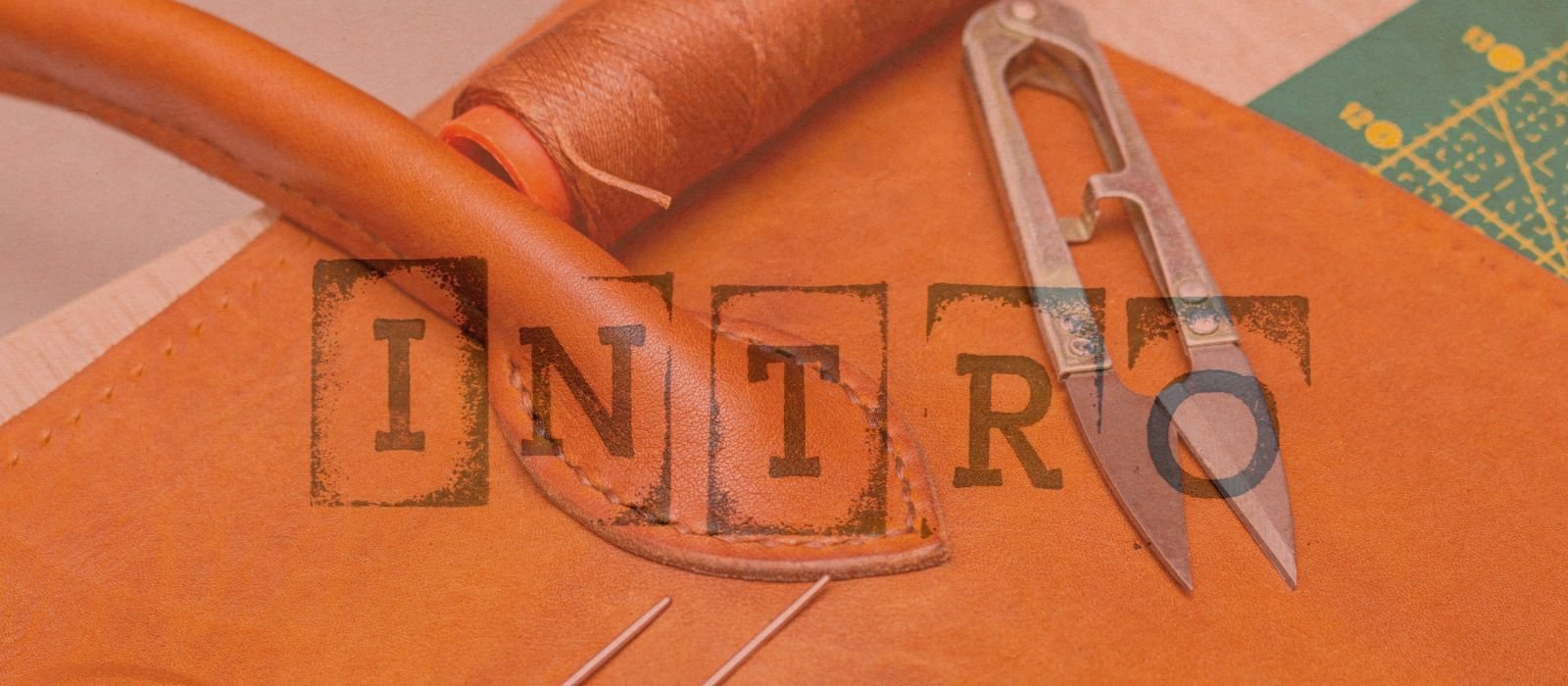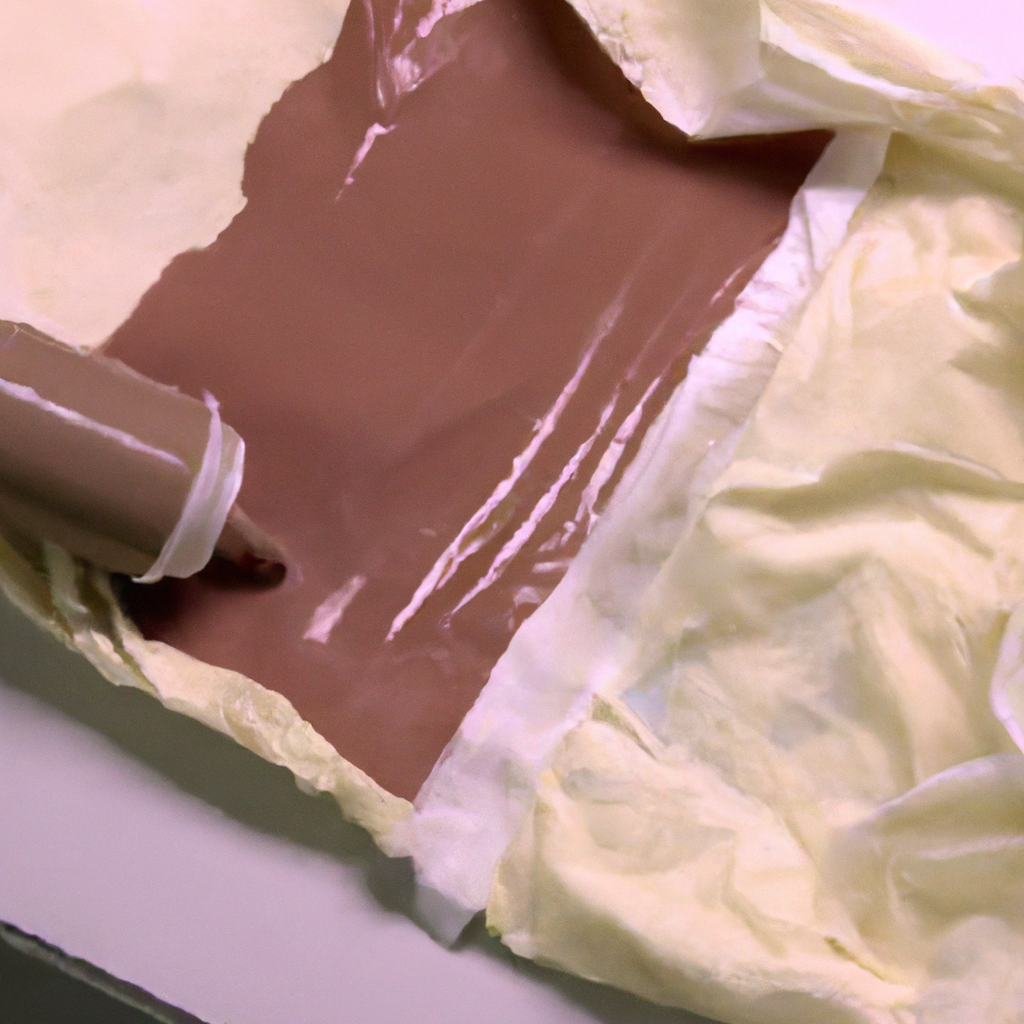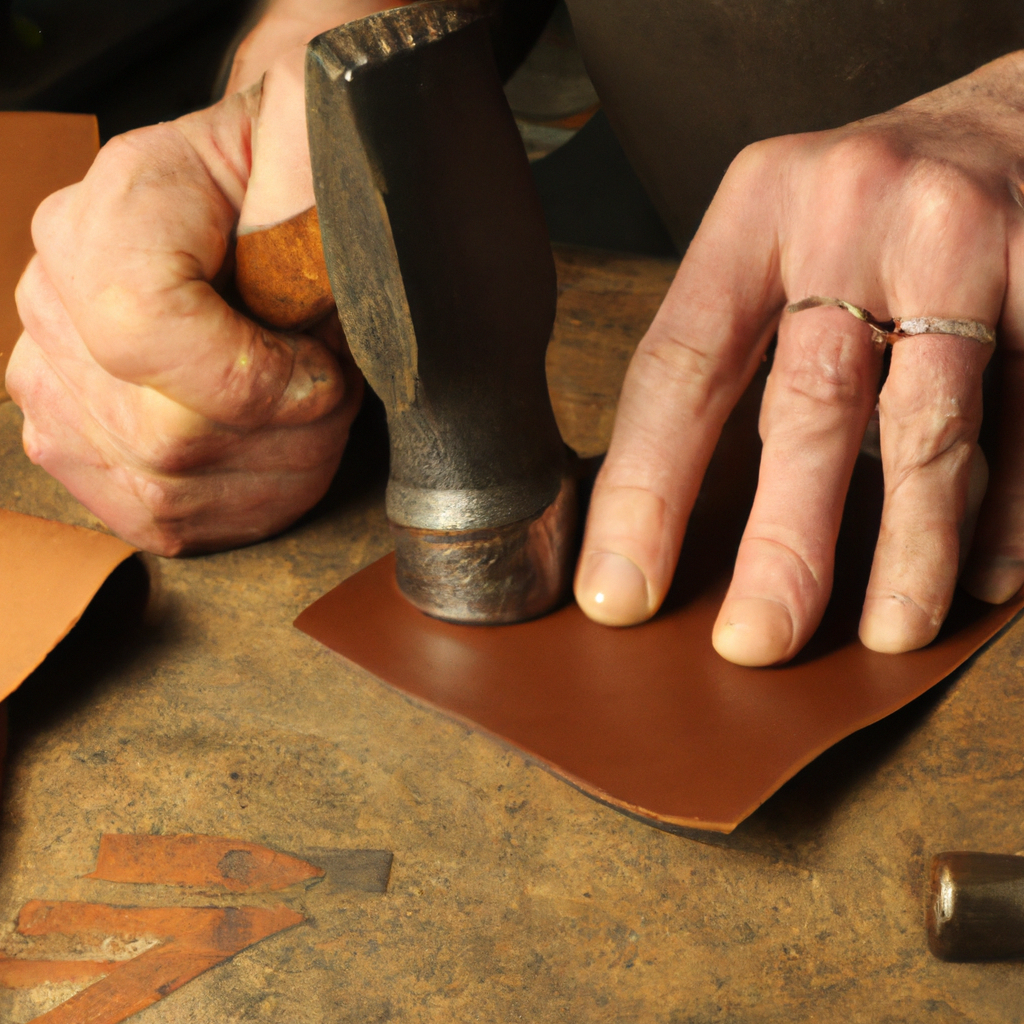How to Identify Best Leather for Your Projects
Find out how to identify and purchase the best leather for your projects, It may seem impossible to locate the perfect hide for your next creative project. What’s the best place to begin? You may choose from a variety of options. What criteria do you use to determine which one is best?
First, I’ll go through the various varieties of Leather, and then I’ll go over how to tell whether it’s high-quality Leather. Final thoughts: where can you get Leather? I’ll give you some pointers on locating the right kind of Leather.
Is Leather Available in Different Colors and Patterns?
First, it is necessary to recognize that various types of Leather have distinct properties. It’s essential to think about your project, the style you’re going for, and the amount of upkeep you’re willing to put into the Leather.
Leather comes in a wide variety of forms. However, aniline, semi-aniline, and nubuck are all subcategories. It’s fantastic to know that each of these varieties of Leather has unique characteristics that make it ideal for specific tasks or situations.
Compared to other types of leather, aniline leather is the most natural and least-processed. Comfortable, easy to breathe, and with a distinctive texture, this fabric is ideal for all kinds of projects. In comparison to other varieties of Leather, this one has the drawback of requiring more regular cleaning and upkeep. For this reason, the material is more prone to scratching.
Because it has almost identical properties as aniline leather except for the protective surface treatments that make it scuff-resistant, semi-aniline Leather serves as a solution to this drawback. There is less patina or color variation in this kind of Leather than aniline, but it is easier to maintain.
Soft and long-lasting, although not as well-ventilated as other leathers. It has several benefits since it has a finished surface that doesn’t readily scuff. On one side, the hide has been treated to give it a subtle nap, while the other has been left unfinished and matte.
Leather is likely to be divided into one of these groups when you purchase it.
1.1. Genuine Full Grain Leather
1.2. The best Leather to use for handmade leather crafts is full-grain Leather (also known as “Top Grain”). Grainlines (the fibrous structure in the skin) are not merely cut across but are sliced along the grainline, resulting in unique grain patterns in each piece of Leather.
Full-grain leather is more costly and attractive because it has not been sanded, polished, or snuffed (completely treated).
Correction or embossing of grain
The scratches on embossed grain hides are severe. They frequently appear as if the grain has been sanded down with a sander because they have been polished against the grain with a wheel or a silicone pad. Using a silicone pad that is too abrasive might damage the Leather.
Correction grain leather may seem like a waste of money to some, but there’s a legitimate reason to spend extra for it.
If a coat has too many scratches, its value may be reduced or deemed unsellable because of the difficulty of covering up the heavy blemishes with dye on specific hides. There are circumstances when you may acquire rectified grain leather at an incredible price since some veg tanneries have created this procedure to mend the damaged sections to save the hide.
The Split Suede Design
As a practical and cost-effective hide, split suede may be found in a wide range of thicknesses. A soft, silky finish is frequently sanded into the suede side of the leather before it is scraped and brushed to give it a suede appearance.
It’s possible to dye suede after it has been scraped to get a custom shade while still preserving the fabric’s original feel and texture, making it an excellent material for children’s crafts.
The Sueded Grain Of Nubuck
A leather with a nubuck suede grain is highly delicate. The grain side of the Leather is softly sanded, and the suede is brushed to create this effect. It is then given a suede-like softness by being polished to a high shine.
Abrasions from the finishing process of nubuck are common, but there are some high-quality brands out there, and these strange abrasions may frequently contribute to the character of the finished item.
You can use nice nubuck for everything, from shoemaking to bag making, if you can locate it. Since it has such a firm basis and a smooth touch, it doesn’t need a lot of finishing. Despite its delicate nature, the finish on this Leather is guaranteed to remain for years if properly cared for.
Reinforced, Bonded or Fiber Leathers
Man-made Leather, also known as reconstituted leather, is formed by fusing real leather shreds to create a single hide. This fabric is often seen in home and auto interiors.
Compared to reconstituted Leather, which is manufactured from a mixture of animal hides and synthetic components, bonded Leather is made entirely from the hides and synthetic materials of the animal (usually sheep or goat skins).
These sorts of bonded or fiber skins may appear more realistic than reconstituted Leather, but you must keep in mind that this is the fiberboard of the leather market. Nubuck suede may have a comparable soft to medium feel to various fashion products, like purses and shoes.
How Can You Tell If Leather Is High-Quality?
The kind and color of the hide might indicate the quality of the Leather. When purchasing Leather, the easiest way to tell whether it’s high-quality is to feel it first, but there are a few other ways to make sure you receive what you want.
Verify the Grade
Thanks to a few simple tools, you don’t even have to touch the Leather to determine its quality. Take a peek at what’s on show to get started. If there’s nothing but fresh Leather on the counter, you can be confident they’re selling top-notch skins that haven’t been harmed in any way.
As a general rule, if the Leather is scratched more deeply, “battle-worn,” or “tattered,” this suggests purchasing the Leather at a lower grade, which means that your works will not be as durable.
These leathers aren’t going to turn you off if you’re just getting started. If you’re looking for a cheap practice hide, you may want to go for one that’s a little more worn down.
Make Sure You Know Where the Leather Is Made
Don’t be afraid to inquire where the Leather was obtained from the store. You should be able to find out precisely where the hides come from if you deal with a reputable leather seller. To be on the safe side, look for information on the origins of the hides.
It’s time to get your hands on some leather!
Leather is a tactile and olfactory experience, and if you’re not satisfied, you won’t be satisfied with your purchase. Make no apologies about sniffing and touching the Leather to check its quality.
The Leather should be tested.
Put Leather through its paces to see how long it can last and how well it stands up to wear and tear.
To make an informed decision about whether or not to acquire these hides, you should obtain a tiny sample of the material so that you can observe how it reacts to being wet or dry and put it through a few washing cycles.
How do you know what kind of Leather to use for your next project?
Leather may be found in many hobby shops, but you should expect to pay a premium for it. Visiting a well-established leather merchant is your best choice since they are more likely to be informed about the materials they sell and how to utilize them best.
When you’re just starting or have never manufactured a specific item before, buying inexpensive Leather is the greatest solution. It’s usually a good idea to practice on the cheapest cuts you can find.
There have been many times when I’ve spent a fortune on a beautiful piece of Leather to screw it up in the final building or cut off an unknown job.
Conclusion
Before buying Leather, you must know exactly what you are looking for in a piece. By this point, you should have a solid understanding of where to look for and purchase the Leather you need for your project. In addition to these pointers, keep in mind that each animal you choose will have unique features and characteristics, so be aware of the species you’re working with ahead of time.
Knowing what you’re searching for might help you avoid unpleasant surprises, and the quality of the material is precisely what you’re seeking when purchasing anything.
As a beginner, you don’t anticipate too much from a leather purchase, and that’s a great advantage.









Leave a Reply
You must be logged in to post a comment.